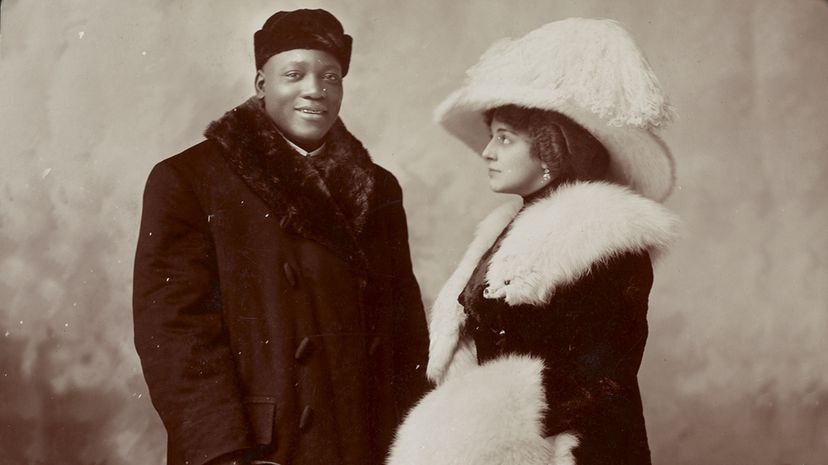
A federal law passed in 1910, first designed to tackle the supposed scourge of "white slavery" that threatened the moral base of a rapidly changing America, is back in the news again. And, of course, Donald Trump is in the middle of it all.
The Mann Act has been used in many ways over the more than a century that it's been on the books. Lately, some of those ways have been legitimate. But the law also has been abused at times by zealous prosecutors and an overreaching government. The most nefarious example of that came in 1913, when heavyweight boxing champion Jack Johnson was charged with, and eventually found guilty of, violating the law.
Advertisement
The legislation was crafted as an anti-prostitution, interstate commerce law that made it illegal to cross state lines with women and girls "for the purpose of prostitution or debauchery, or for any other immoral purpose." It was sponsored by Illinois congressman James Robert Mann at a time when the United States was wrestling with an unprecedented influx of immigrants — mostly from Europe — and a wave of migration from rural areas into growing, bustling, job-needy cities.
Many legislators (you can read that as "old white men") feared that those factors — the immigration, the migration, foreigners mixing with established Americans in big cities — would endanger young white women moving away from their rural homes. These women and girls could be forced, it was thought, into prostitution or other illegal acts. They could be shipped to other big cities and never heard from again. The threat of "white slavery" was born.
Advertisement

